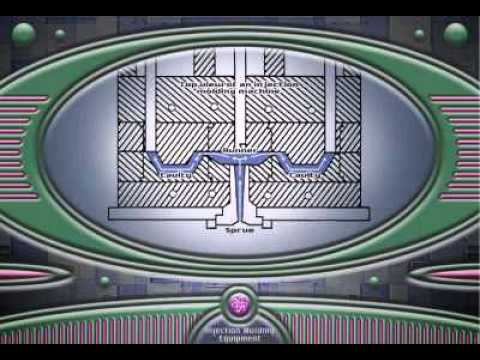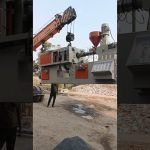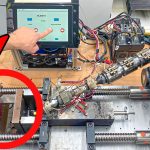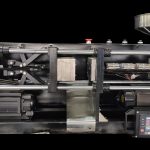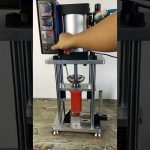Check out the video on Injection Molding Equipment for a comprehensive overview of this essential manufacturing process. In this article, we will delve deeper into the topic, providing valuable insights and information about the equipment used in injection molding. Whether you are a beginner seeking knowledge or an experienced professional looking for a refresher, this article is perfect for you.
Injection molding is a widely used manufacturing process for producing plastic parts. It involves injecting molten material into a mold cavity, allowing it to cool and solidify, and then ejecting the finished product. This process is highly efficient, cost-effective, and versatile, making it a popular choice for a wide range of industries.
To ensure the success of the injection molding process, it is crucial to have the right equipment in place. Injection molding equipment includes various components, such as the injection unit, clamping unit, mold, and control system. Each component plays a vital role in the overall functioning of the equipment.
The injection unit is responsible for melting and injecting the plastic material into the mold. It consists of a hopper, barrel, screw, and nozzle. The hopper stores the plastic material, which is then fed into the heated barrel. Inside the barrel, the plastic material is melted and homogenized by the rotating screw. Finally, the molten plastic is injected into the mold through the nozzle.
The clamping unit of the injection molding equipment is responsible for securely holding the mold in place during the injection process. It consists of a clamping mechanism, which applies the necessary force to keep the mold closed. The clamping force is determined by the size and complexity of the part being produced.
The mold is a critical component of the injection molding equipment, as it defines the shape and features of the final product. It is typically made of steel and consists of two halves, the cavity, and the core. The molten plastic material fills the cavity, taking the shape of the desired part. Once the plastic has cooled and solidified, the mold is opened, and the finished product is ejected.
The control system of the injection molding equipment ensures the precise control and coordination of all the machine’s components. It regulates the temperature, pressure, and speed of the injection process, allowing for consistent and high-quality production. Advanced control systems also offer features like real-time monitoring, fault detection, and data analysis, enhancing the overall efficiency and productivity of the equipment.
When choosing injection molding equipment, it is essential to consider various factors, such as the desired production volume, part complexity, material type, and budget. There are numerous manufacturers and suppliers in the market offering a wide range of injection molding equipment options. It is crucial to select a reliable and reputable supplier who can provide high-quality equipment, excellent customer support, and competitive pricing.
In conclusion, injection molding equipment is a crucial component of the injection molding process. It enables the efficient and cost-effective production of plastic parts for various industries. Understanding the different components and their functions is essential for optimizing the injection molding process and achieving high-quality results.
If you want to learn more about Injection Molding Equipment, be sure to check out the video above. It provides a comprehensive overview of the equipment and its various components. Whether you are a beginner or an experienced professional, this video will provide valuable insights and knowledge.
Check out the coil packing solution with leading manufacturers for the professional solution just here. Plastic Injection Machine
“Enhancing Efficiency and Precision in Injection Molding: Unveiling the Latest Equipment Innovations”
